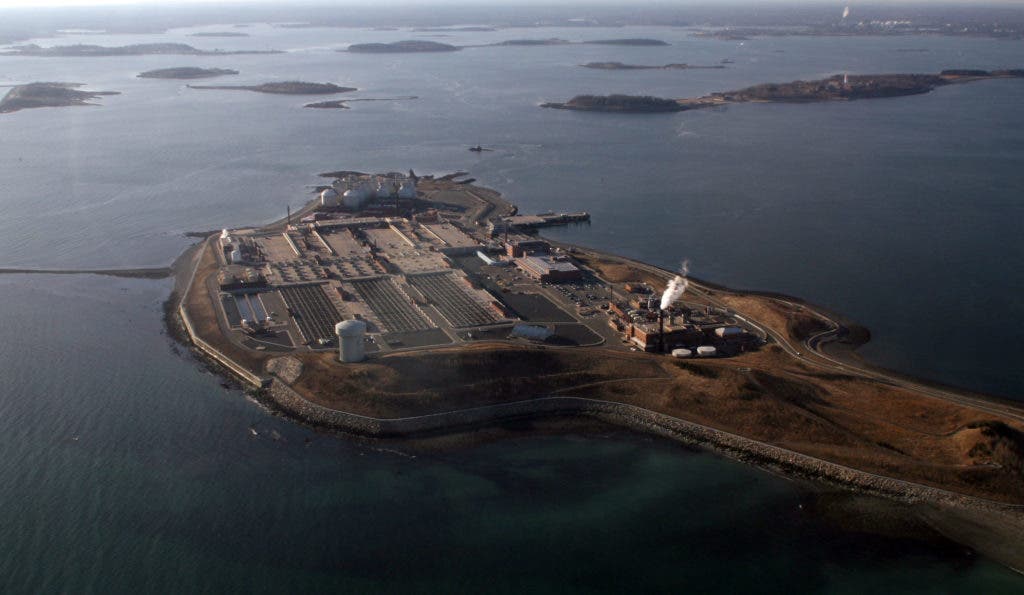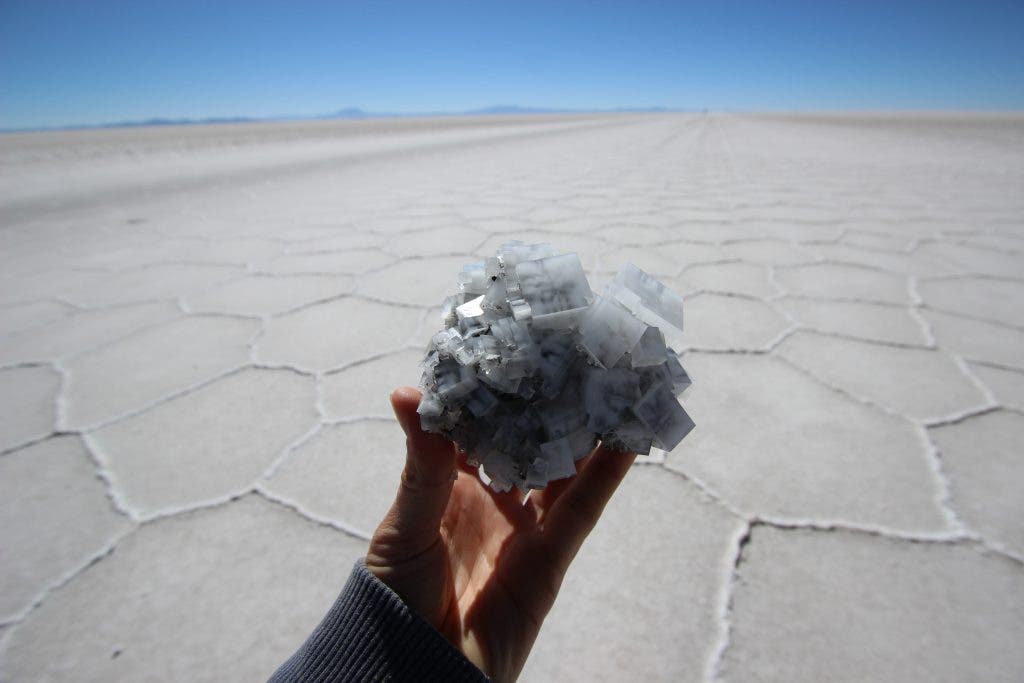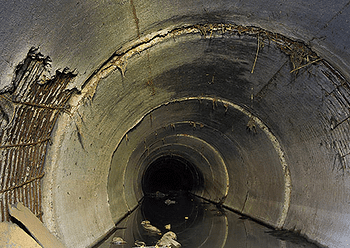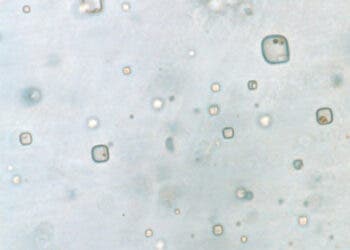
In coastal regions where freshwater mixes with seawater, a salt gradient is formed. Scientists at Stanford University have now found a way to tap into the energy of this gradient, which is sometimes called “blue energy”. The authors envision a future where their technology could be used to make waste-water treatment facilities energy independent.
Energy from moving salt
For every cubic meter of freshwater that mixes with seawater, about .65 kilowatt-hours of energy is produced — just about enough to power the average American home for 30 minutes. All around the world, coastal wastewater treatment plants have access to about 18 gigawatts of blue energy, or the equivalent of powering 1,700 U.S. homes for an entire year.
Other groups have previously succeeded in harnessing blue energy but the Stanford group is the first to employ an electrochemical battery rather than pressure or membranes.
“Blue energy is an immense and untapped source of renewable energy,” said study coauthor Kristian Dubrawski, a postdoctoral scholar in civil and environmental engineering at Stanford. “Our battery is a major step toward practically capturing that energy without membranes, moving parts or energy input.”
The group was led by Craig Criddle, a professor of civil and environmental engineering, who has a lifetime of experience developing technologies for wastewater treatment. The battery developed by Criddle and colleagues first releases sodium and chloride ions from the device’s electrodes into a solution, making a current flow between the electrodes. When wastewater effluent and seawater are combined, the electrodes reincorporate sodium and chloride ions, reversing the current flow. According to the researchers, energy is recovered during both freshwater and seawater flushes. There is no initial energy investment required, nor is there any need for charging. In other words, this is a passive energy system that doesn’t require any input of energy.
The power output is relatively low per electrode area, but the authors highlight the fact that their technology’s strong point lies in its simplicity. The blue energy capturing device doesn’t have any moving parts and passively generates energy without the need for any external instruments to control voltage or charge. The electrodes are manufactured from Prussian Blue, a material widely used in medicine, which costs less than a $1 per kilogram, as well as polypyrrole, which costs less than $3 a kilogram.
If the technology is scaled, it should prove robust enough to provide energy for any coastal treatment plant in the world. Any surplus production could then be diverted to other nearby applications, such as desalination plants. A scaled version that could someday be used in a municipal wastewater plant is currently being designed by the Stanford researchers.
“It is a scientifically elegant solution to a complex problem,” Dubrawski said. “It needs to be tested at scale, and it doesn’t address the challenge of tapping blue energy at the global scale – rivers running into the ocean – but it is a good starting point that could spur these advances.”
The findings appeared in the American Chemical Society’s ACS Omega.






